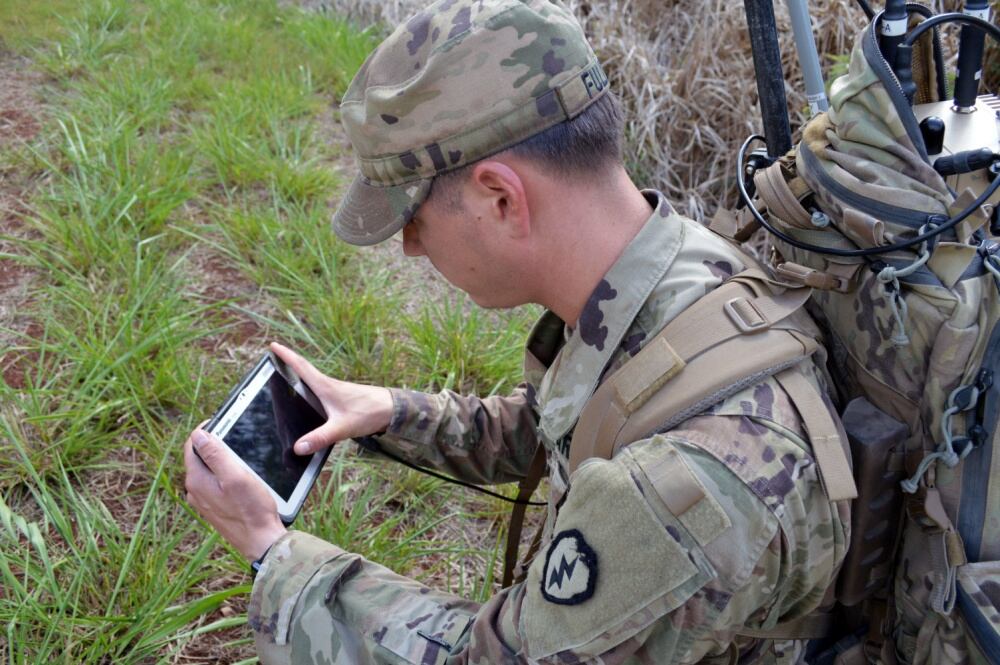Much like how drones can inundate analysts with full motion video, the electromagnetic spectrum is overburdening electronic warfare officers.
This is especially true for Army soldiers deployed in Europe. Those officers have to deal with cell phones, radio communications and other types of spectrum interference in an environment regularly contested by Russia, considered a peer adversary. Officials say officers are saturated with sensor information that they must turn into actionable intelligence.
Now, the Army is looking to artificial intelligence and machine learning to lessen the load. Specifically, through the Rapid Capabilities Office, the service is trying to help those officers through a challenge to help classify signals.
RELATED

“The intent [of the challenge] is to try to find the best of breed of folks that can develop machine learning and artificial intelligence algorithms centered around the ability to identify signals and classify them,” Rob Monto, the director of the RCO’s Emerging Technologies Office, said in a recent interview.
The challenge is associated with the advancement of electronic warfare capabilities in support of the urgent needs statement from Europe, Monto said. This is an ongoing effort the office is working to deliver capabilities to soldiers deployed to Europe who face potential mismatches in the electromagnetic spectrum against Russia.
The challenge, which kicked off April 30 and will run for 90 days, also helps the program offices that procure capability on behalf of all Army units perform risk reduction early in the process to better inform a final capability.
Monto equated the effort it to machine learning efforts in the imaging space. Participants received a training set of signals used to train their algorithms. Then the Army will provide a test set of signals that has not been “tagged” for the algorithms to identify. While this first set will be relatively clear, a second set will be much more obscure signals or even include snippets and signals with other noise around it making classification much more challenging.
Participants will be evaluated on how accurately their algorithms can identify these signals.
The hope is maybe “machines help identify or at least provide a level confidence of what type of signal that may be” for soldiers, Monto said.
The RCO is not looking to award contracts just yet, Monto said. Rather, they wanted to see what’s possible before moving forward with requirements and awards to be fielded to soldiers.
At the conclusion of the challenge, Monto said the Army will evaluate what the architecture looks like and what integration difficulties may exist.
Mark Pomerleau is a reporter for C4ISRNET, covering information warfare and cyberspace.








